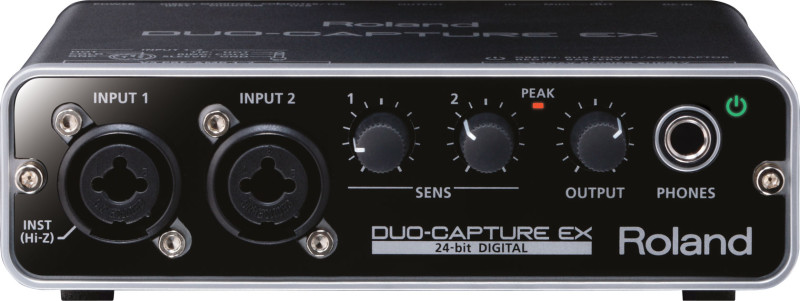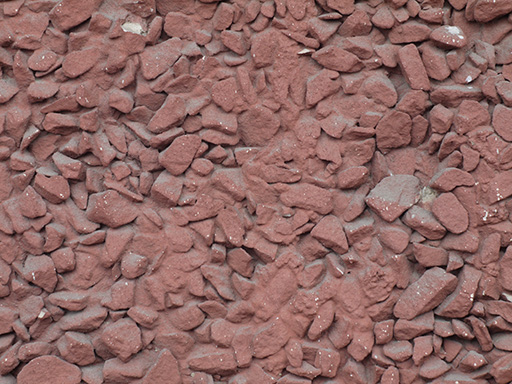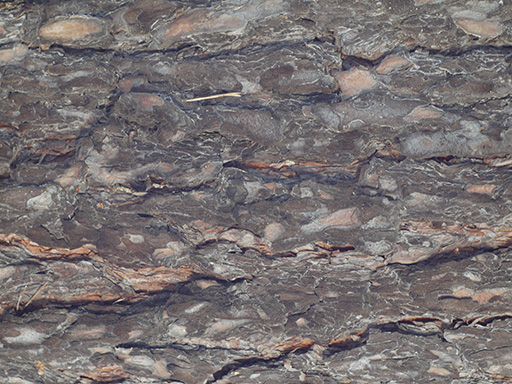
Today we will review external studio audio interface Roland DUO-CAPTURE EX. It is equipped with configurable functions and is oriented on professional work. Frontal panel of card contains : 2 combined XLR/TRS inputs with professional VS Preamps, one of which is switchable instrumental Hi-Z/Lo-Z, second is microphone input, to which phantom +48 V power can be connected; amplification levels controls for them; volume control for main analogue outputs of card and for monitor headphones; TRS 6.3 mm ( 1/4″ ) jack output for headphones themselves. Back panel of card contains : USB port for communication with computer and for powering from it; DC input ( it is not supplied with card ); MIDI input and output for instruments and other devices; 2 TRS 6.3 mm ( 1/4″ ) jack analogue balanced outputs ( they neutralize all noise signals, which are added to main signal, when it is transmitted in the cable ); sampling rate switch ( 44.1 or 48 kHz ); phantom power switch; instrumental input switch Hi-Z or Lo-Z; Direct Monitor mode switch for headphones ( mono, stereo, off ); power button; and ground contact. Card is powered via USB port, or batteries, or from electric line via power adapter; its built in power supply unit has low noise levels, which reduces unwanted signals levels in sound card’s internals.

It works with 24 bits precision; and supports following interfaces WDM and ASIO for Windows and Core Audio for Mac OS and iOS; through them it can work with modern DAWs : Steinberg Cubase, FL Studio, Cackewalk Sonar, REAPER, Avid Pro Tools, Ableton Live and others. Audio card body is produced from aluminum, it weights 460 grams and has relatively small dimensions : 153 ( width ) x 119 ( depth ) x 47 ( height ) mm. Package contains : Roland DUO-CAPTURE EX sound card itself, USB cable, optical disks with drivers and software and user’s guide. In a whole, this is a good professional sound card : it has high quality preamplifiers for analogue inputs, balanced analogue outputs, and MIDI input and output. Its main weakness is only 48 kHz max sampling rate, but not always higher frequencies are needed, for example, if sound after recording will not be processed too much.



